The Anatomy of a Pocket Knife: Understanding Its Essential Parts
Pocket knives are marvels of utility and design, compact tools that have evolved over centuries to become indispensable in everyday life. Whether you’re an outdoors enthusiast, a handyman, or simply someone who appreciates the utility of a good blade, understanding the anatomy of your pocket knife can enhance your appreciation and usage of this versatile tool. Let’s dissect the essential parts of a pocket knife and explore their functions.
The Basics of a Pocket Knife
At its core, a pocket knife is a folding knife designed for portability and multi-use. These knives are equipped with one or more blades that fit inside the handle, making them safe and convenient to carry in your pocket. From cutting open packages to whittling wood, the uses of a pocket knife are virtually limitless.
The Blade
The heart of any pocket knife is its blade. Blades come in various shapes and sizes, each designed for specific tasks:
• Clip Point: A blade with a concave cut out of the back, leading to a sharper point, ideal for precision tasks.
• Drop Point: Featuring a convex back that slopes to the tip, these blades offer strength and control for general-purpose use.
• Serrated: With a tooth-like edge, serrated blades excel at cutting through tough materials like rope.
Blade materials also vary, with stainless steel being popular for its rust resistance and carbon steel for its edge retention. Additionally, the mechanism that locks the blade in place, such as a liner lock or frame lock, is crucial for the user’s safety.
The Handle
The handle of a pocket knife is not just about aesthetics; it’s about function and comfort. Handles can be made from a variety of materials:
• Wood: Classic and elegant, but requires maintenance.
• Metal: Durable and heavy, providing a solid feel.
• Synthetic: Lightweight and resistant to environmental factors.
The design of the handle, including its shape and texture, affects the knife’s grip and overall ergonomics, making it comfortable and secure to use.
Additional Features and Tools
Many pocket knives come equipped with additional tools, transforming them into versatile multi-tools:
• Scissors, can openers, and screwdrivers are just a few examples of the tools that can accompany the main blade.
• These additions enhance the functionality of a pocket knife, allowing it to serve a wider range of purposes beyond just cutting.
Maintenance and Care
Proper maintenance ensures that your pocket knife remains in top condition:
• Cleaning and sharpening the blade regularly will keep it effective and safe to use.
• The moving parts and tools should also be lubricated to prevent wear and tear.
• When not in use, storing your knife in a dry, safe place will protect it from damage.
Choosing the Right Pocket Knife
Selecting a pocket knife is a personal decision that depends on your needs and preferences. Consider the knife’s purpose, size, blade type, and handle material when making your choice. Whether you’re a beginner or a seasoned knife enthusiast, there’s a pocket knife out there that’s perfect for you.
Conclusion
The pocket knife is more than just a tool; it’s a testament to human ingenuity and craftsmanship. By understanding the various parts of a pocket knife and their functions, users can fully appreciate the value and versatility of this compact tool. Whether you’re using it for daily tasks or outdoor adventures, a well-chosen pocket knife can be your faithful companion for years to come.
Do you have a favorite pocket knife or a memorable experience using one? Share your stories in the comments below. And if you’re eager to learn more about knives and outdoor gear, consider subscribing to our newsletter for the latest tips and reviews.
Pocket knives are marvels of utility and design, compact tools that have evolved over centuries to become indispensable in everyday life. Whether you’re an outdoors enthusiast, a handyman, or simply someone who appreciates the utility of a good blade, understanding the anatomy of your pocket knife can enhance your appreciation and usage of this versatile tool. Let’s dissect the essential parts of a pocket knife and explore their functions.
The Basics of a Pocket Knife
At its core, a pocket knife is a folding knife designed for portability and multi-use. These knives are equipped with one or more blades that fit inside the handle, making them safe and convenient to carry in your pocket. From cutting open packages to whittling wood, the uses of a pocket knife are virtually limitless.
The Blade
The heart of any pocket knife is its blade. Blades come in various shapes and sizes, each designed for specific tasks:
• Clip Point: A blade with a concave cut out of the back, leading to a sharper point, ideal for precision tasks.
• Drop Point: Featuring a convex back that slopes to the tip, these blades offer strength and control for general-purpose use.
• Serrated: With a tooth-like edge, serrated blades excel at cutting through tough materials like rope.
Blade materials also vary, with stainless steel being popular for its rust resistance and carbon steel for its edge retention. Additionally, the mechanism that locks the blade in place, such as a liner lock or frame lock, is crucial for the user’s safety.
The Handle
The handle of a pocket knife is not just about aesthetics; it’s about function and comfort. Handles can be made from a variety of materials:
• Wood: Classic and elegant, but requires maintenance.
• Metal: Durable and heavy, providing a solid feel.
• Synthetic: Lightweight and resistant to environmental factors.
The design of the handle, including its shape and texture, affects the knife’s grip and overall ergonomics, making it comfortable and secure to use.
Additional Features and Tools
Many pocket knives come equipped with additional tools, transforming them into versatile multi-tools:
• Scissors, can openers, and screwdrivers are just a few examples of the tools that can accompany the main blade.
• These additions enhance the functionality of a pocket knife, allowing it to serve a wider range of purposes beyond just cutting.
Maintenance and Care
Proper maintenance ensures that your pocket knife remains in top condition:
• Cleaning and sharpening the blade regularly will keep it effective and safe to use.
• The moving parts and tools should also be lubricated to prevent wear and tear.
• When not in use, storing your knife in a dry, safe place will protect it from damage.
Choosing the Right Pocket Knife
Selecting a pocket knife is a personal decision that depends on your needs and preferences. Consider the knife’s purpose, size, blade type, and handle material when making your choice. Whether you’re a beginner or a seasoned knife enthusiast, there’s a pocket knife out there that’s perfect for you.
Conclusion
The pocket knife is more than just a tool; it’s a testament to human ingenuity and craftsmanship. By understanding the various parts of a pocket knife and their functions, users can fully appreciate the value and versatility of this compact tool. Whether you’re using it for daily tasks or outdoor adventures, a well-chosen pocket knife can be your faithful companion for years to come.
Do you have a favorite pocket knife or a memorable experience using one? Share your stories in the comments below. And if you’re eager to learn more about knives and outdoor gear, consider subscribing to our newsletter for the latest tips and reviews.


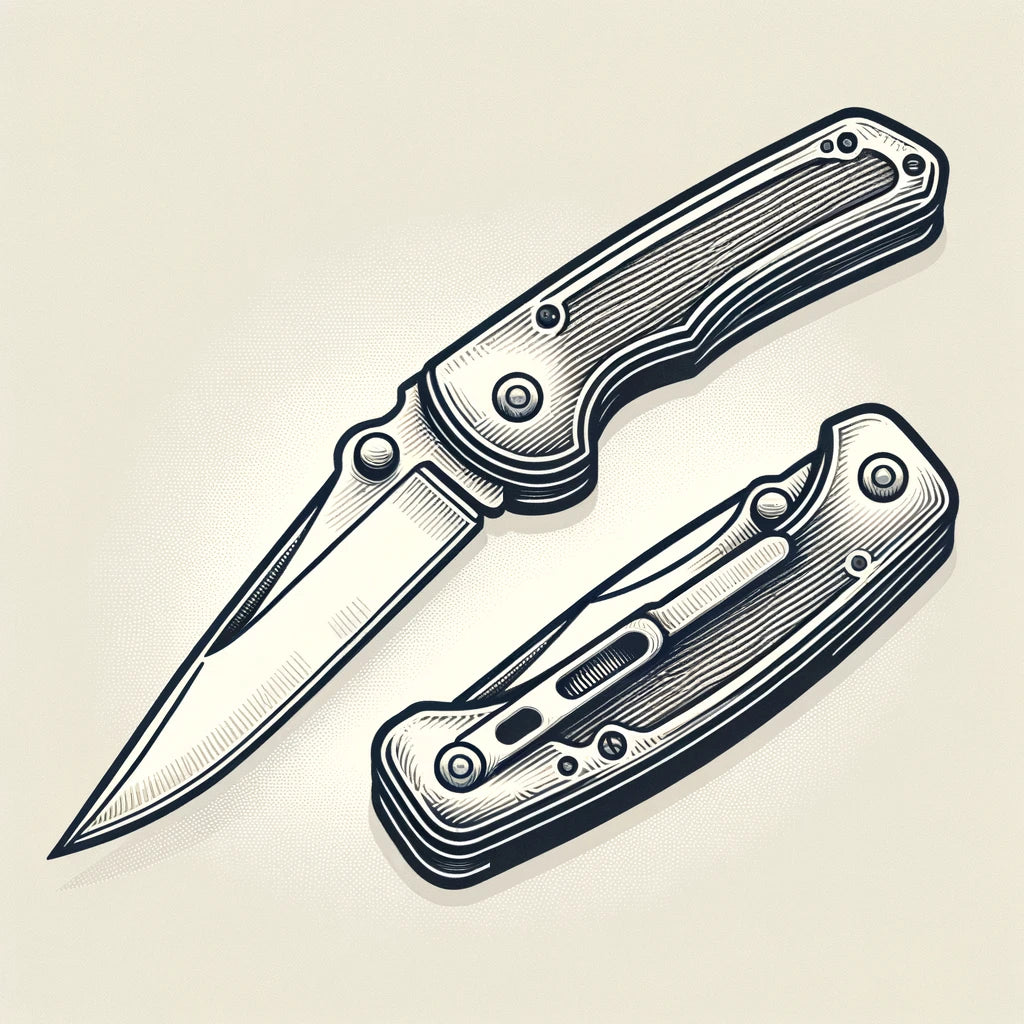



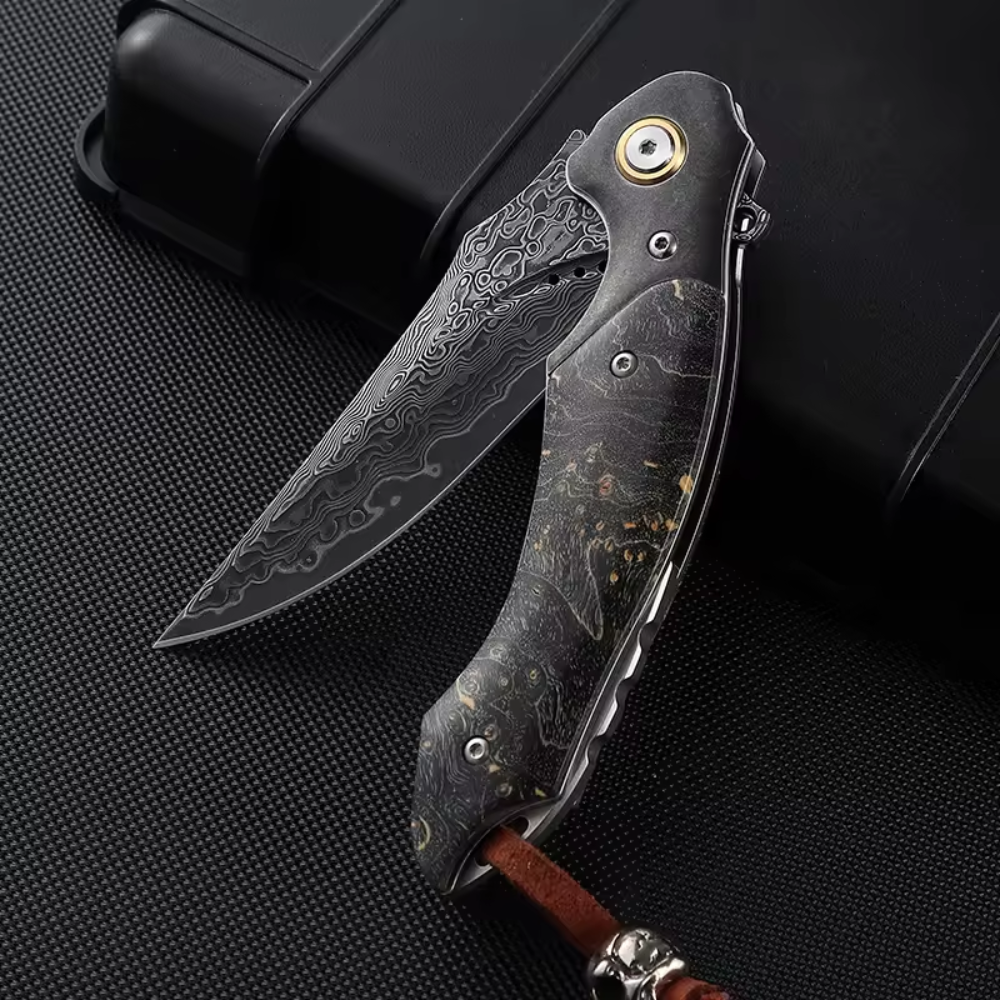
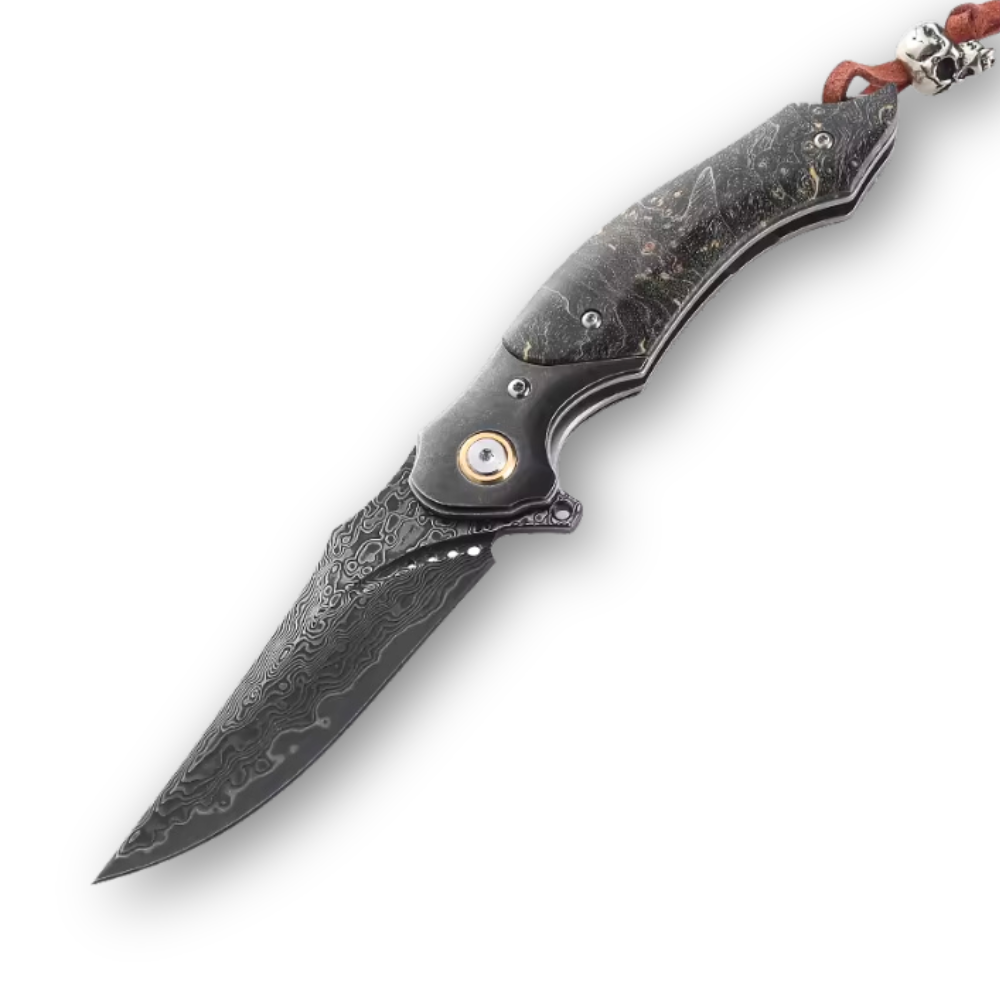

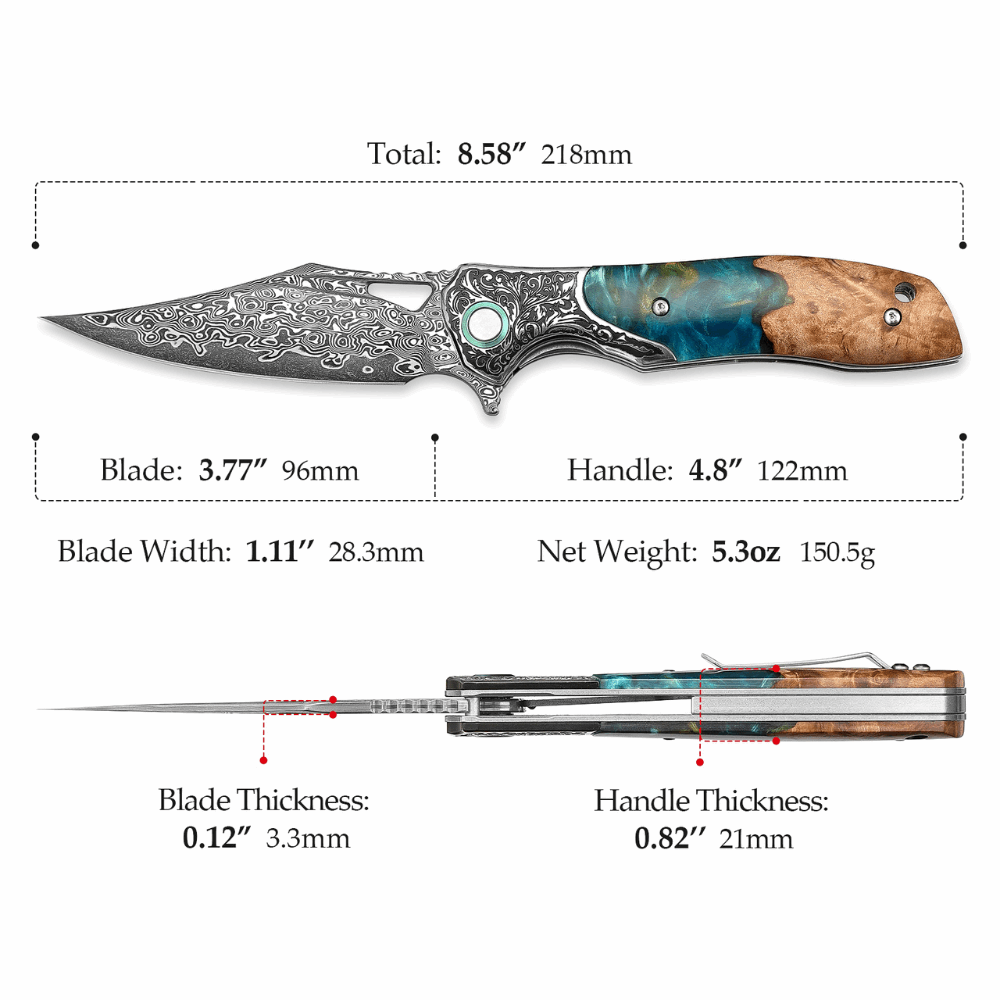
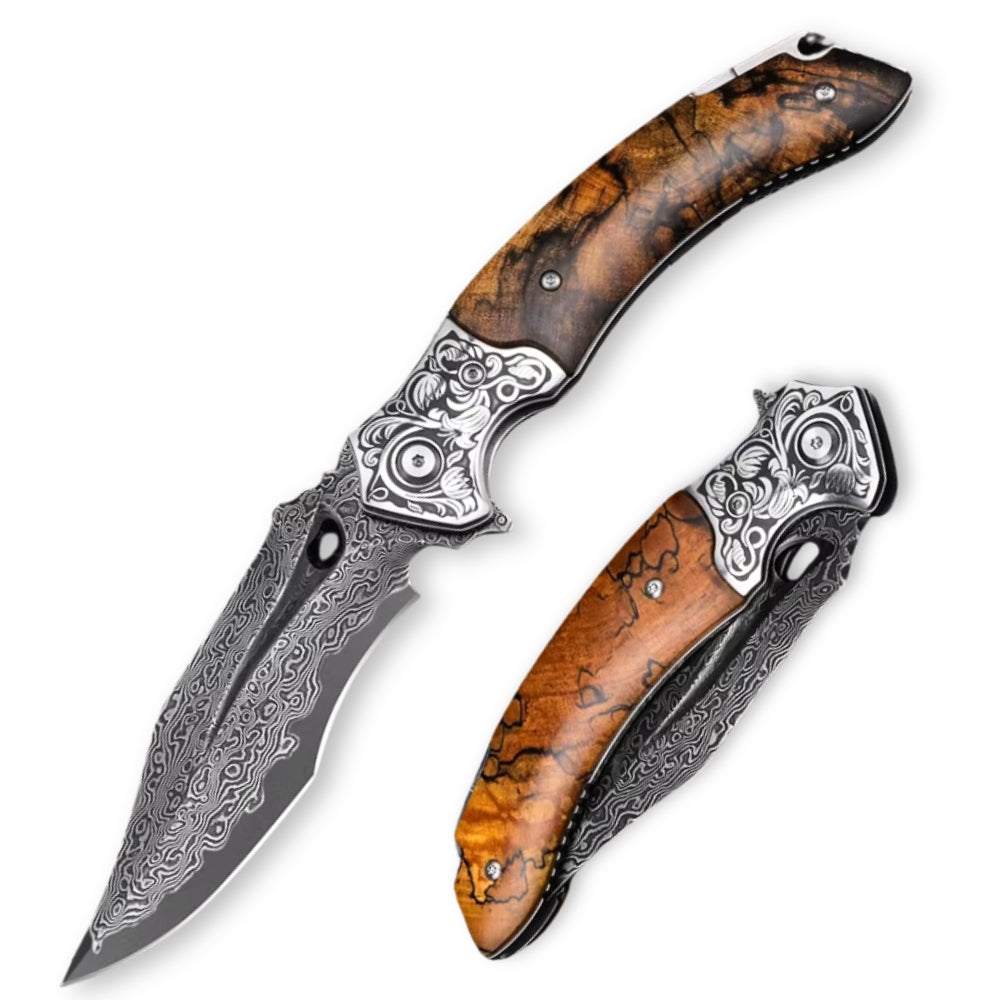
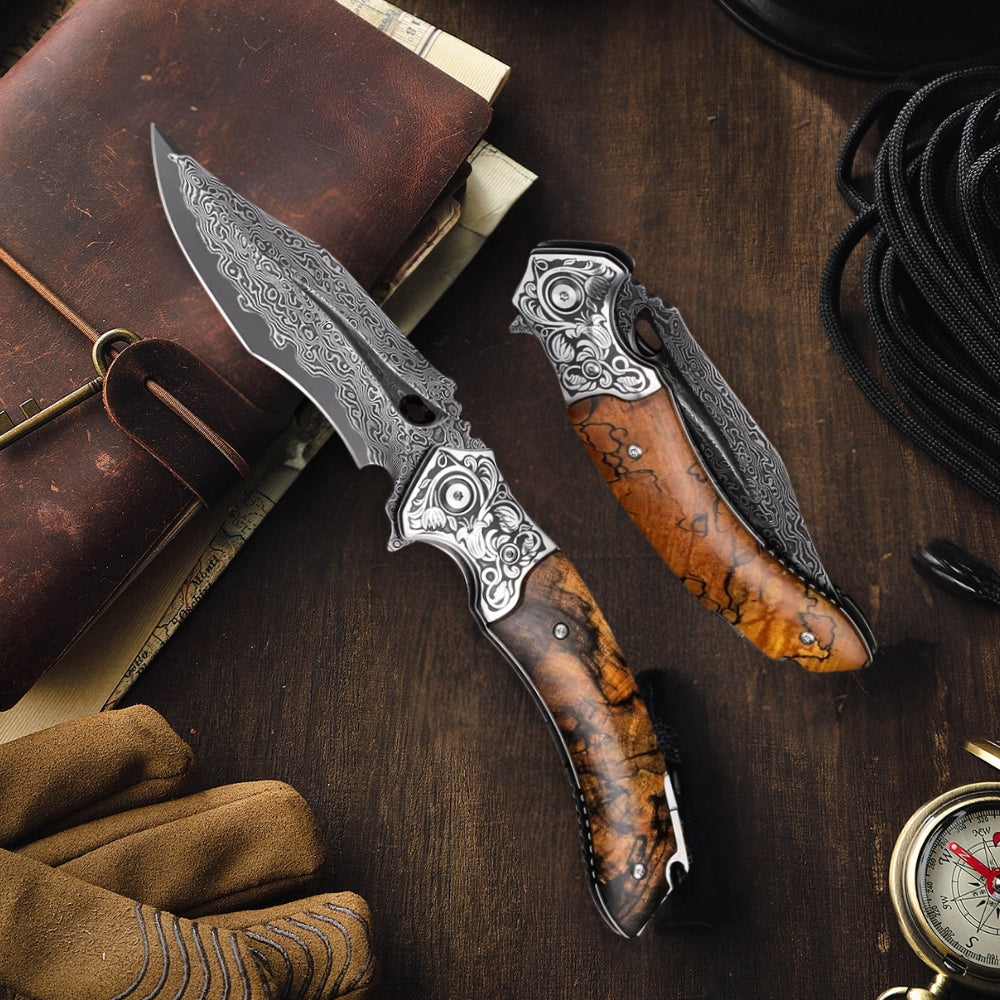
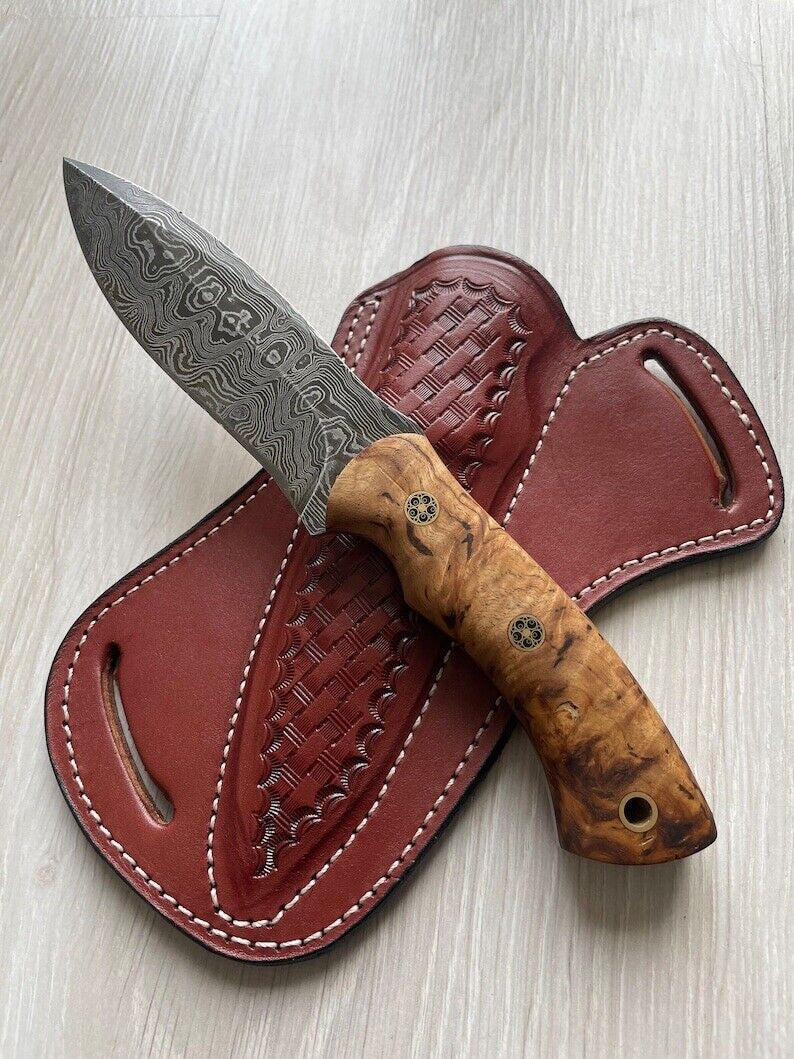
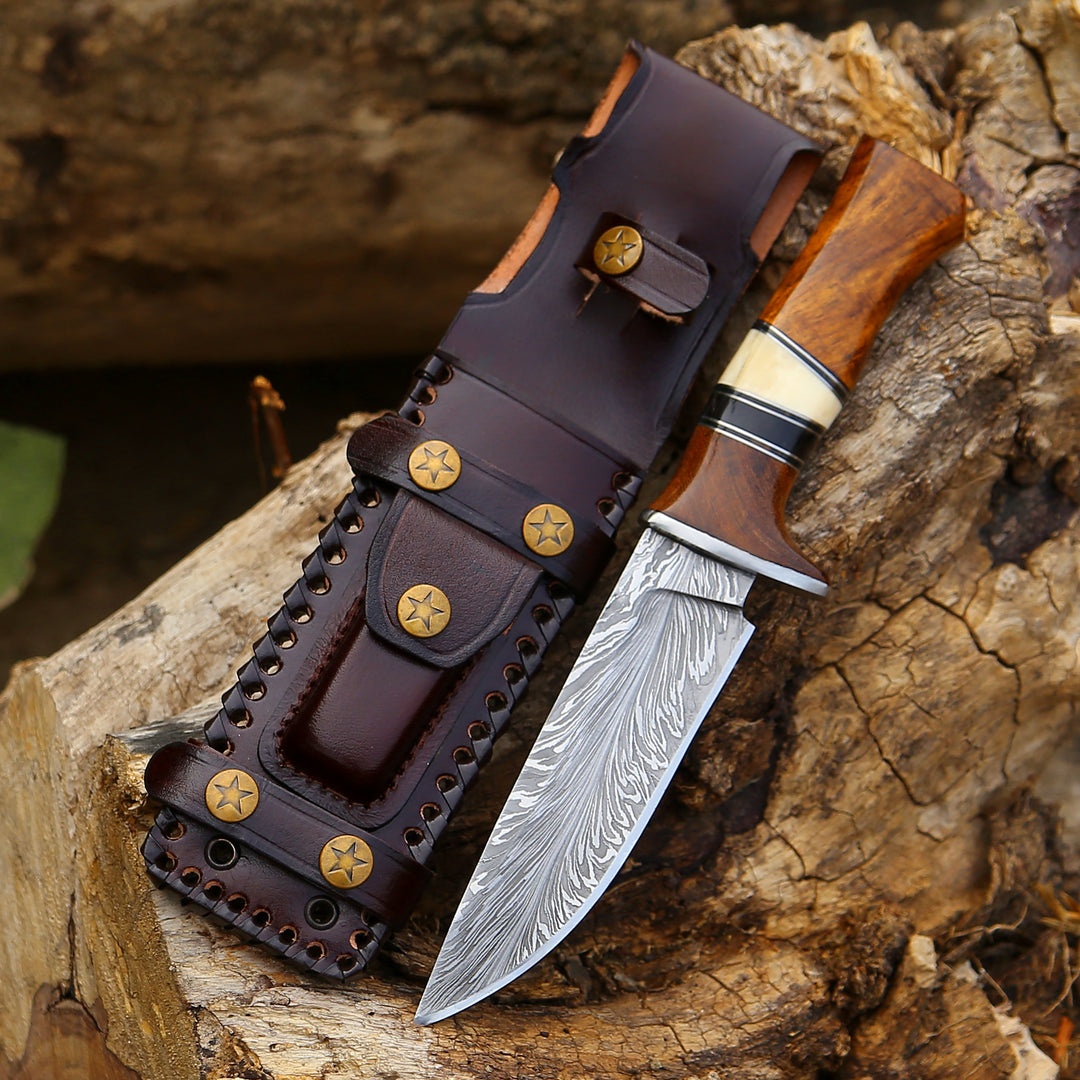
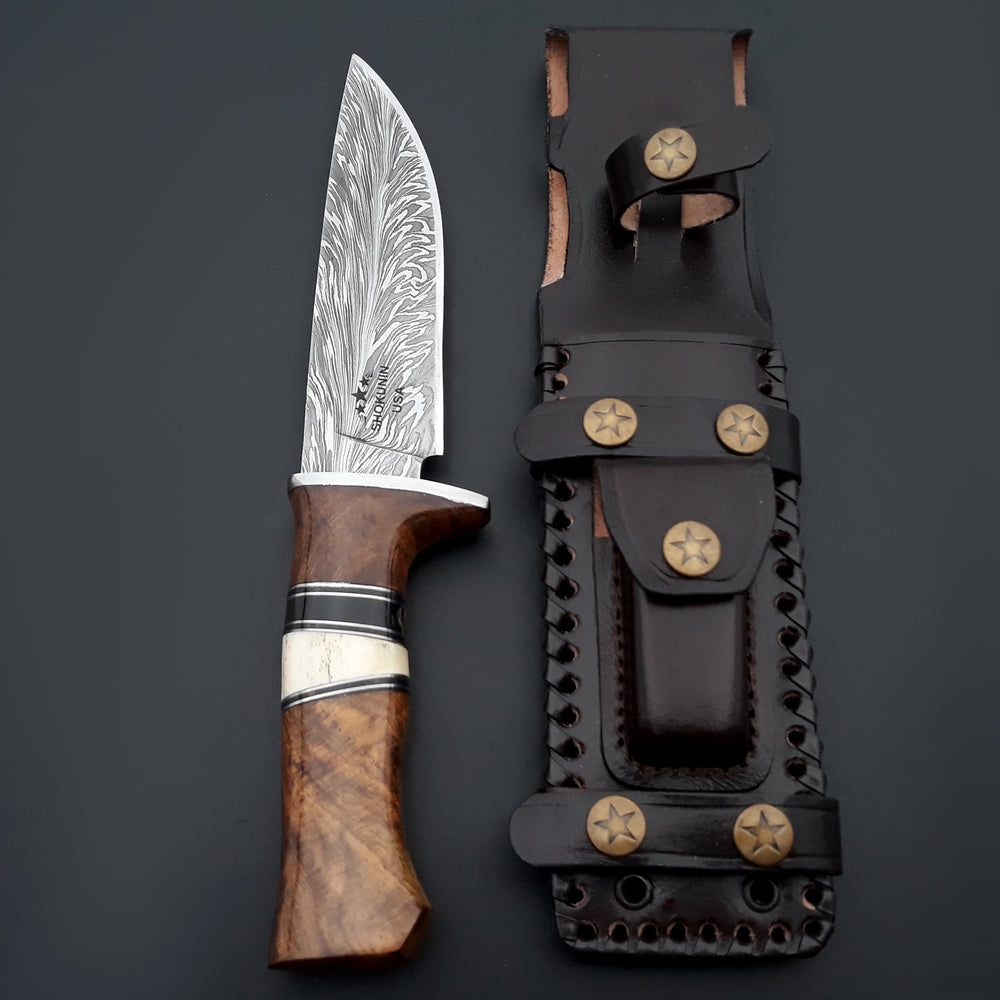
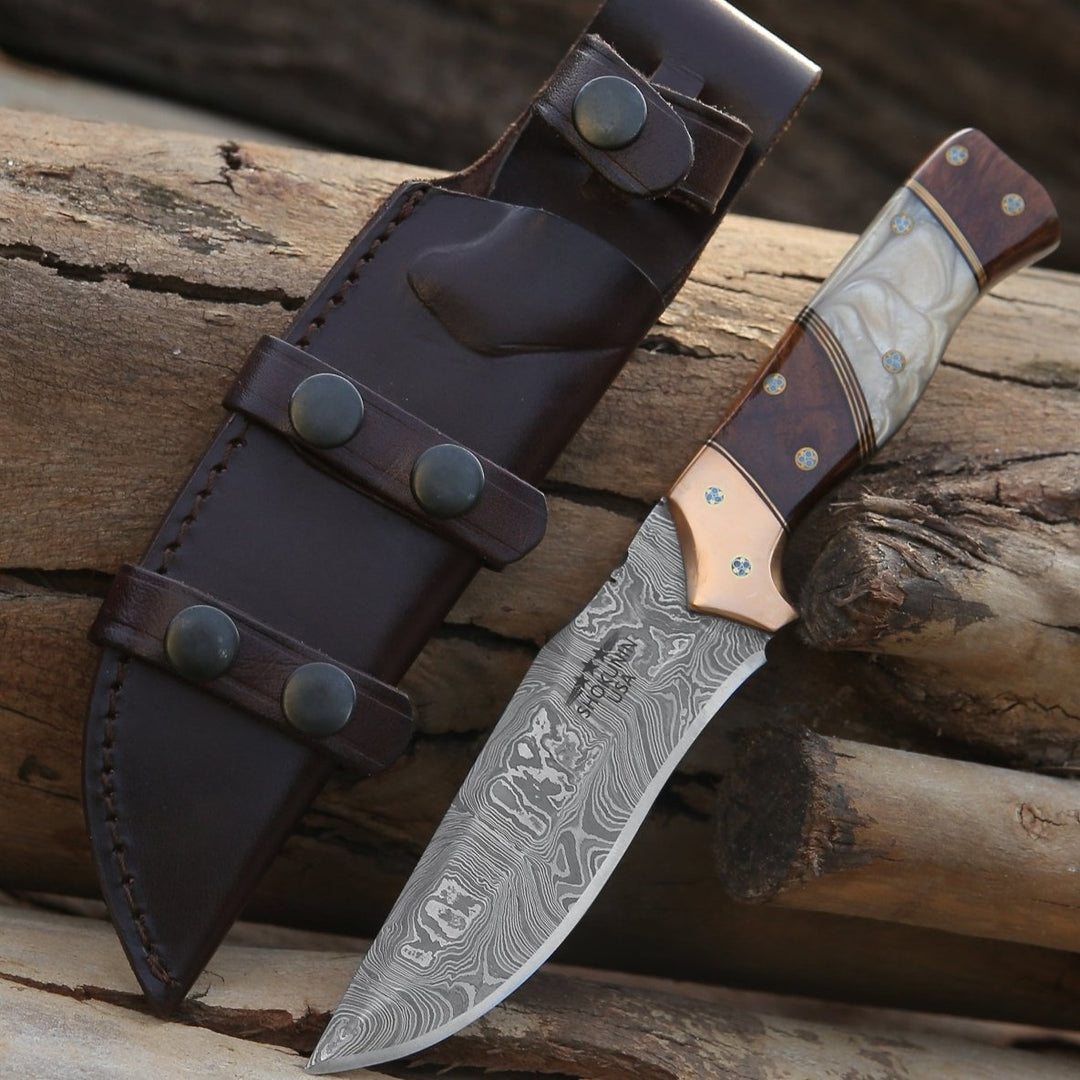
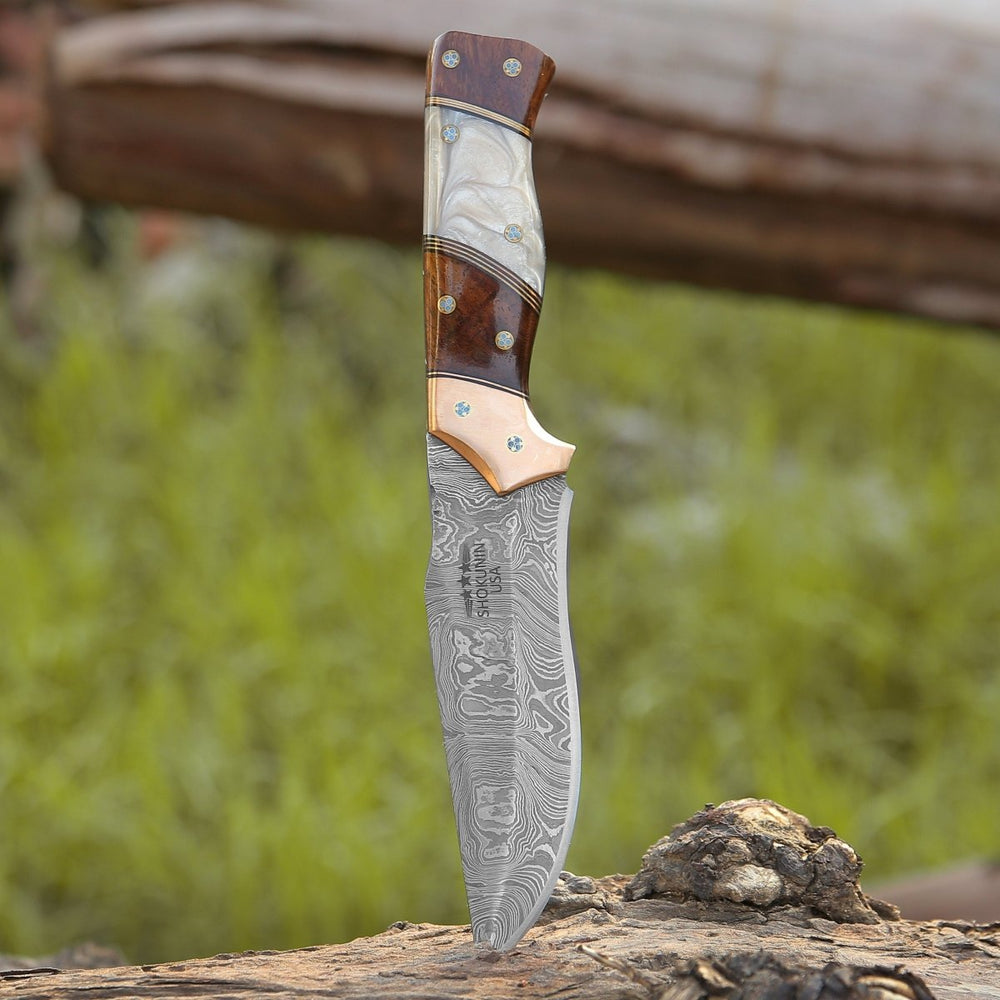
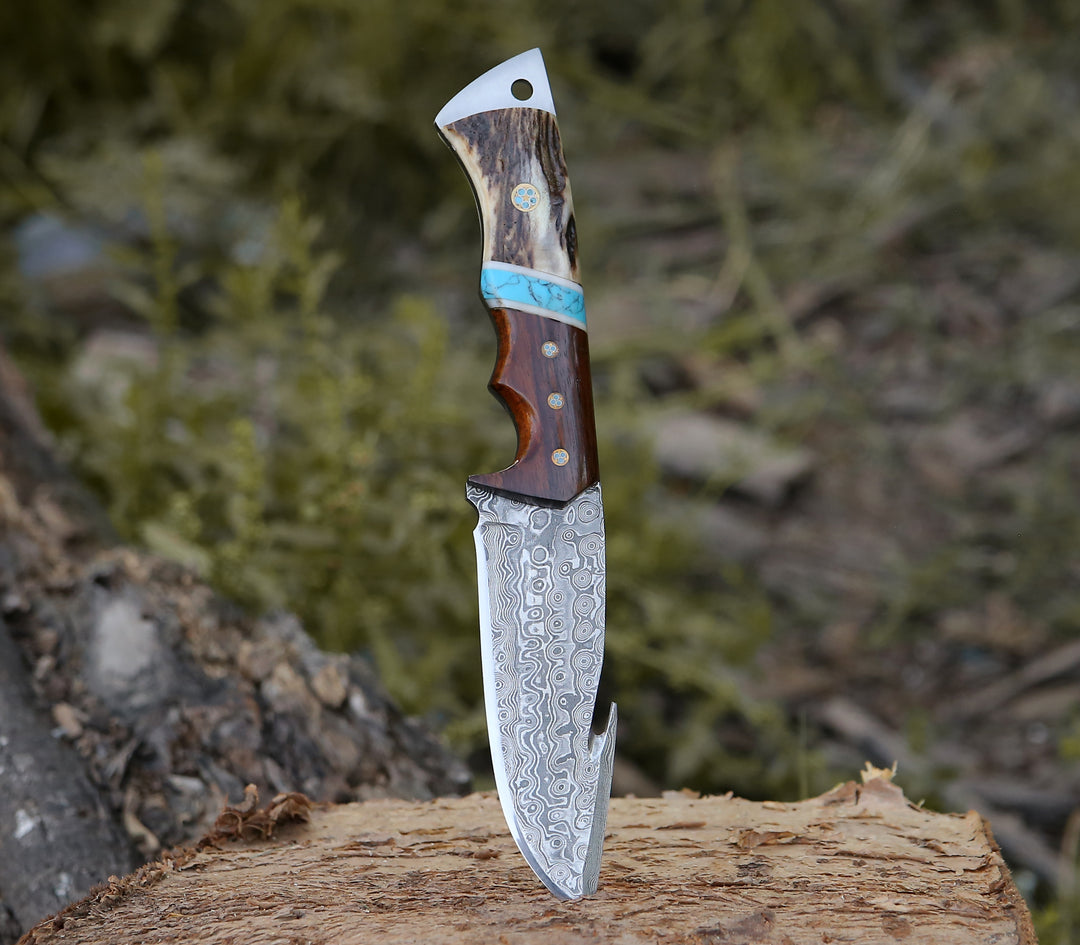
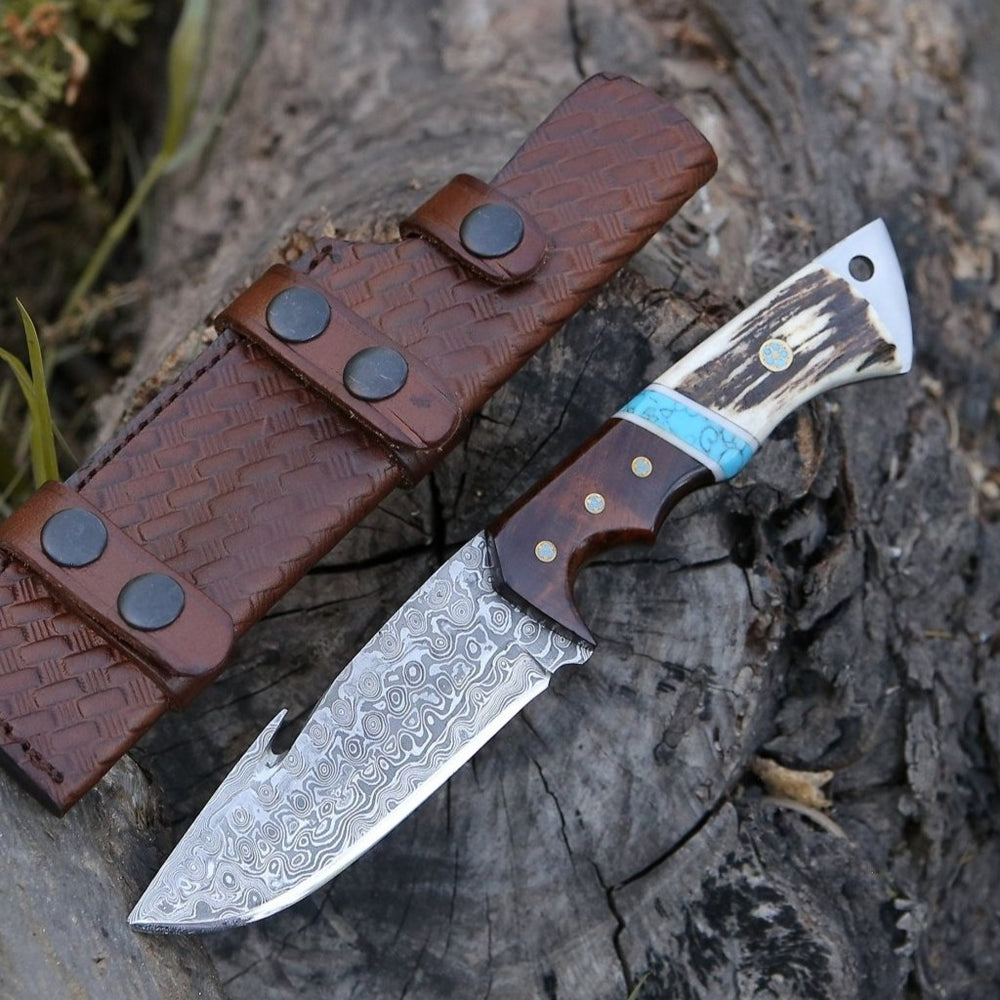
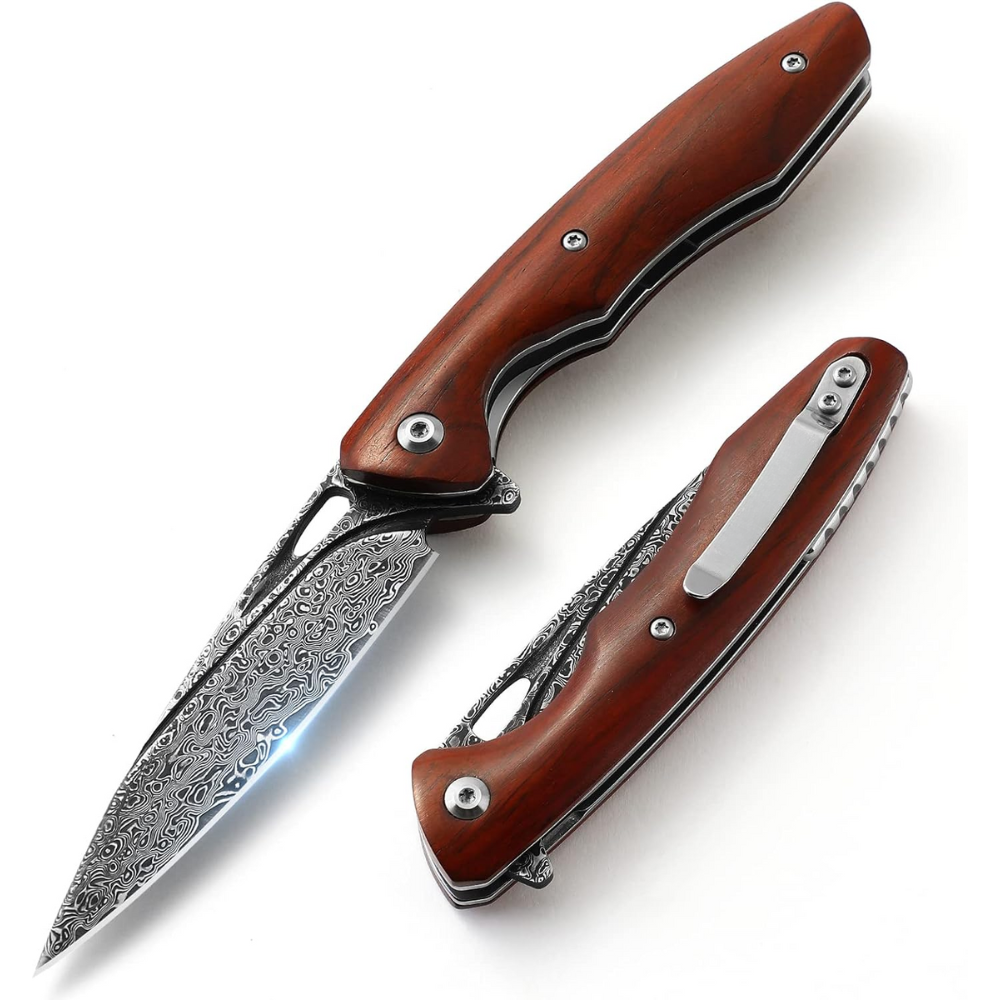
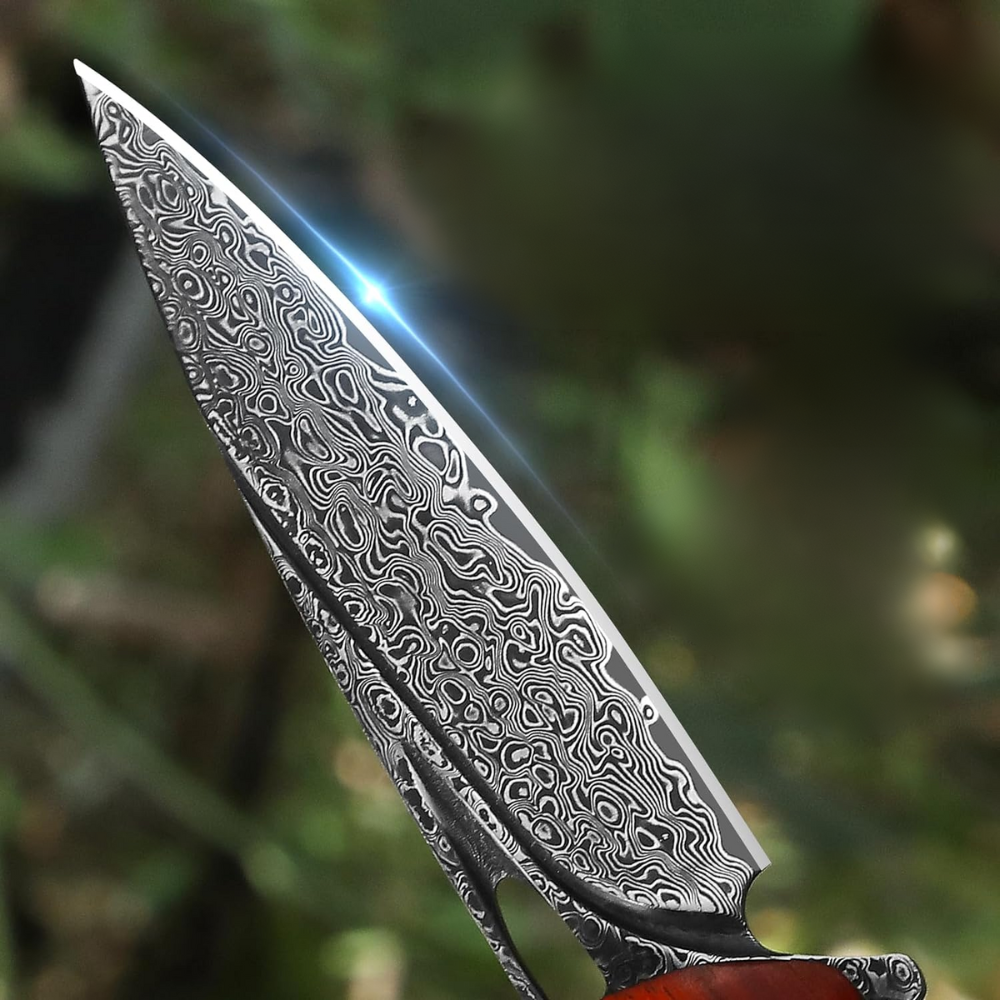
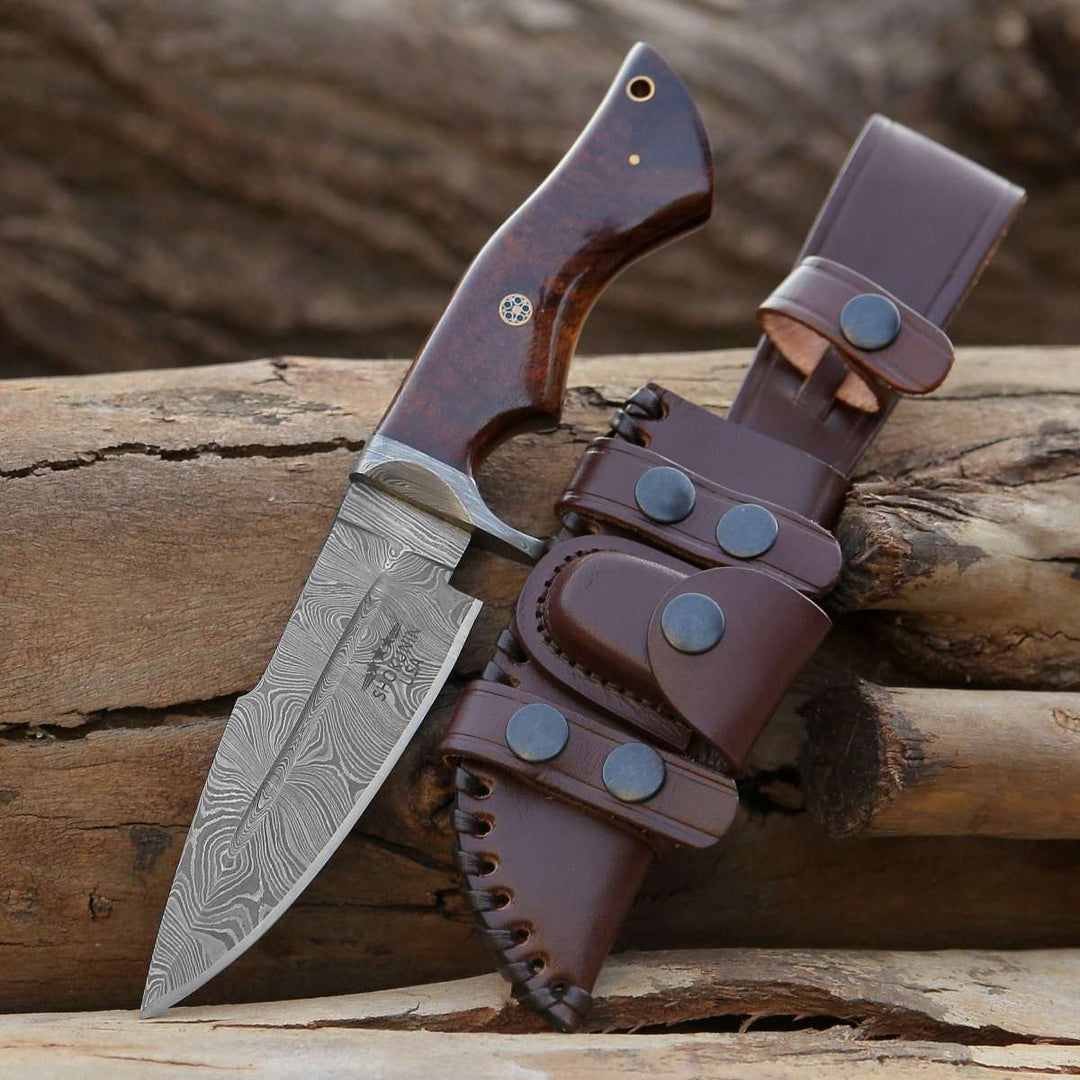
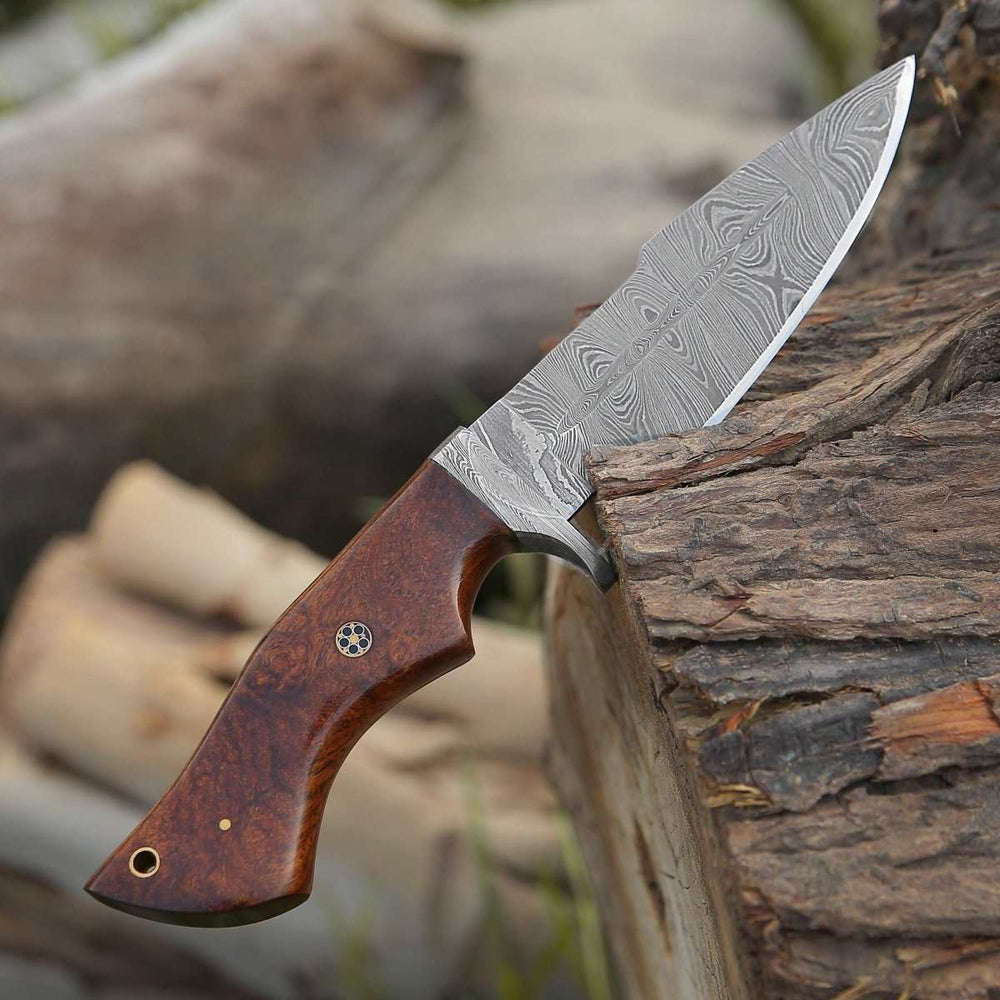
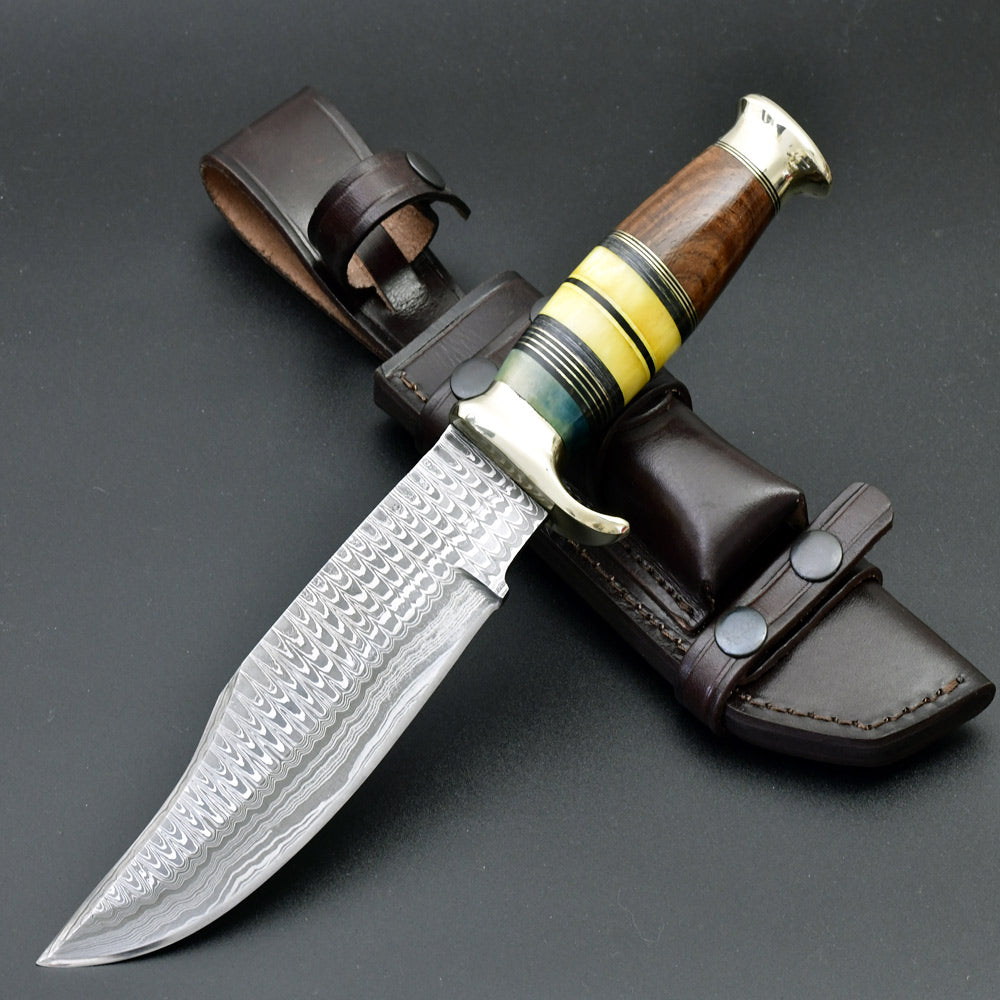
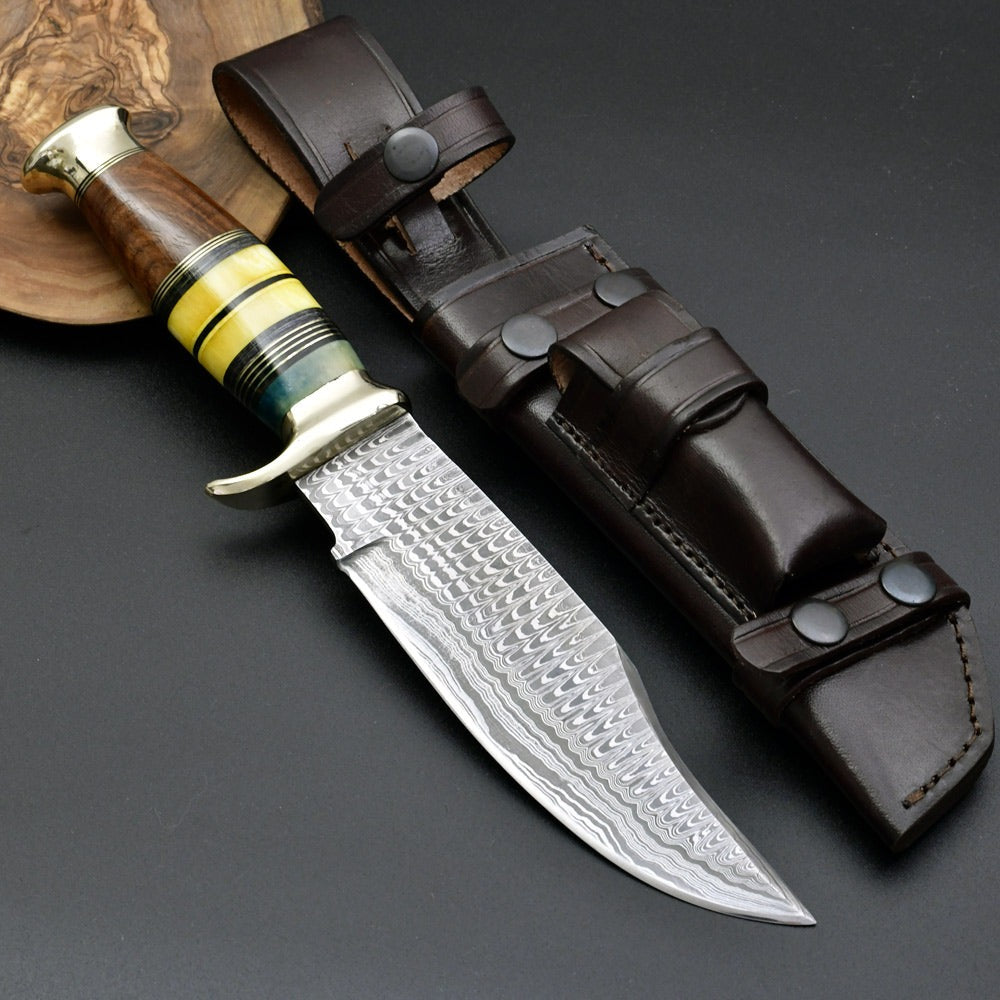
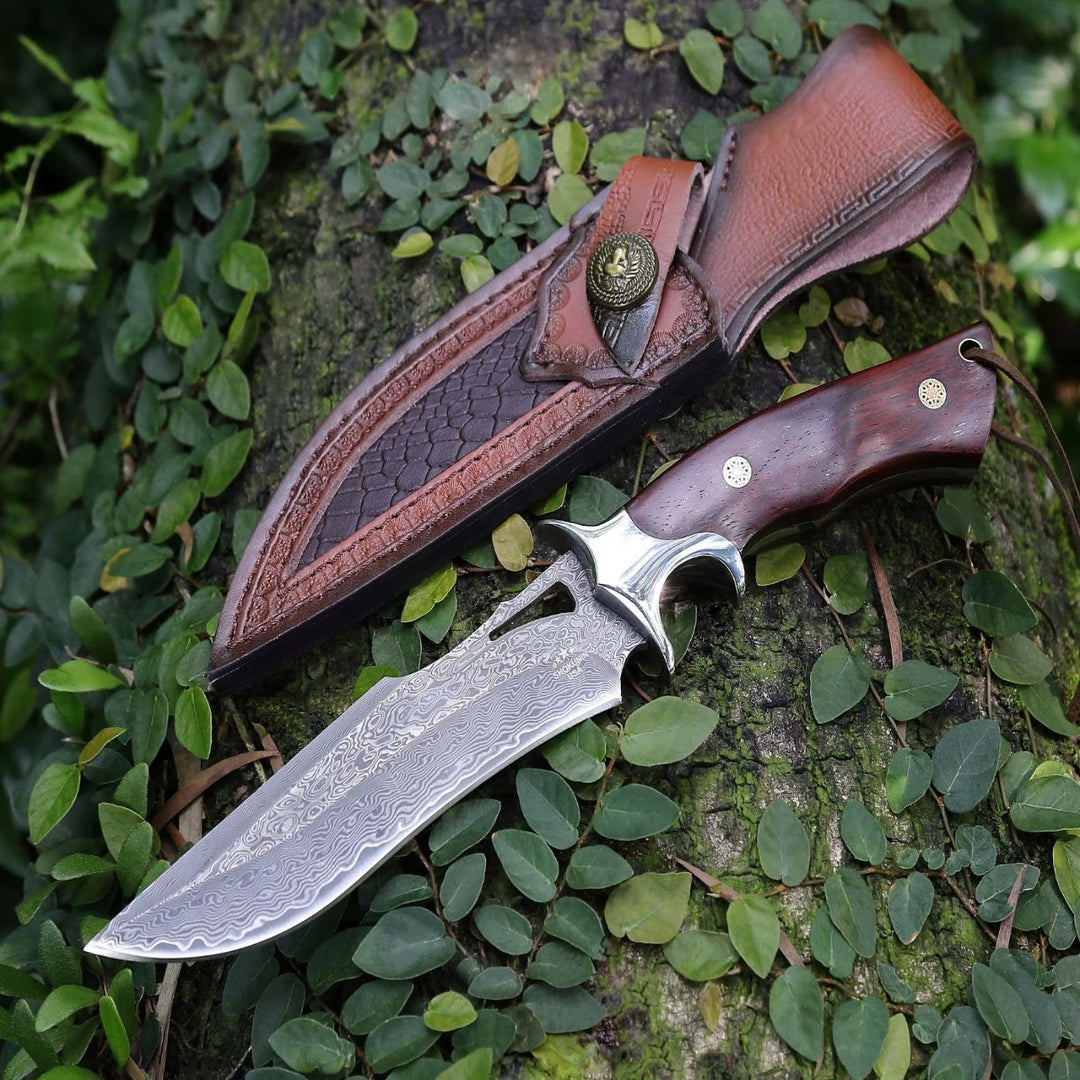
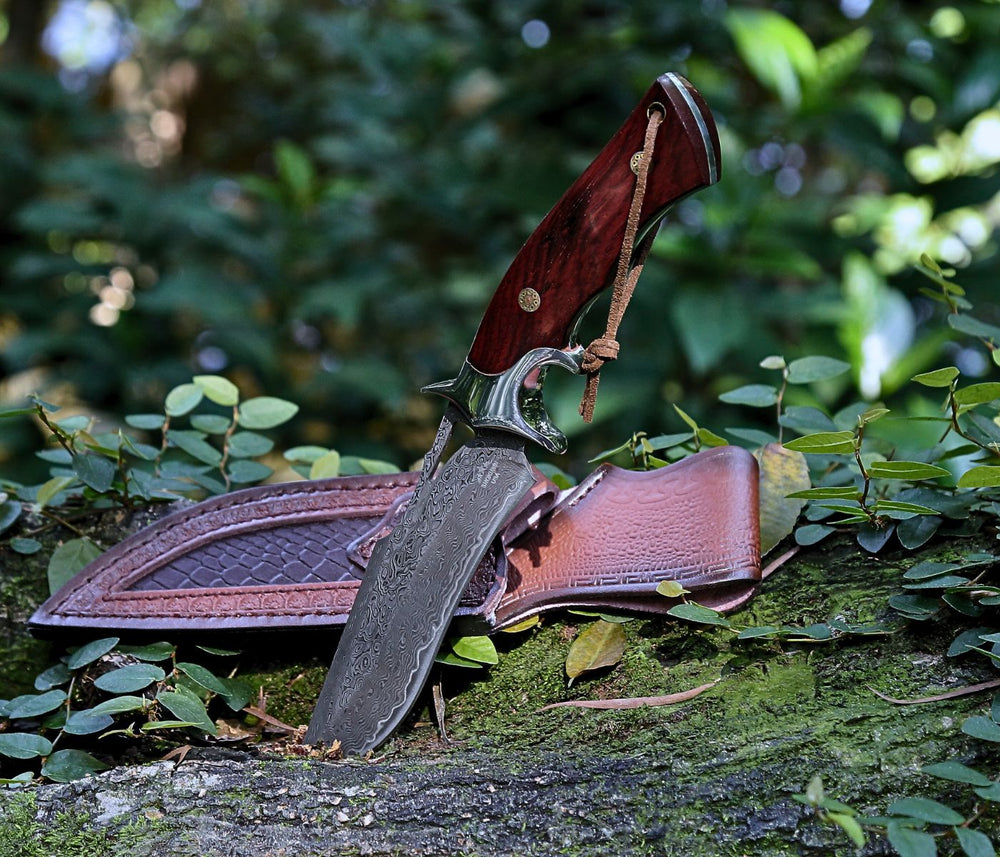
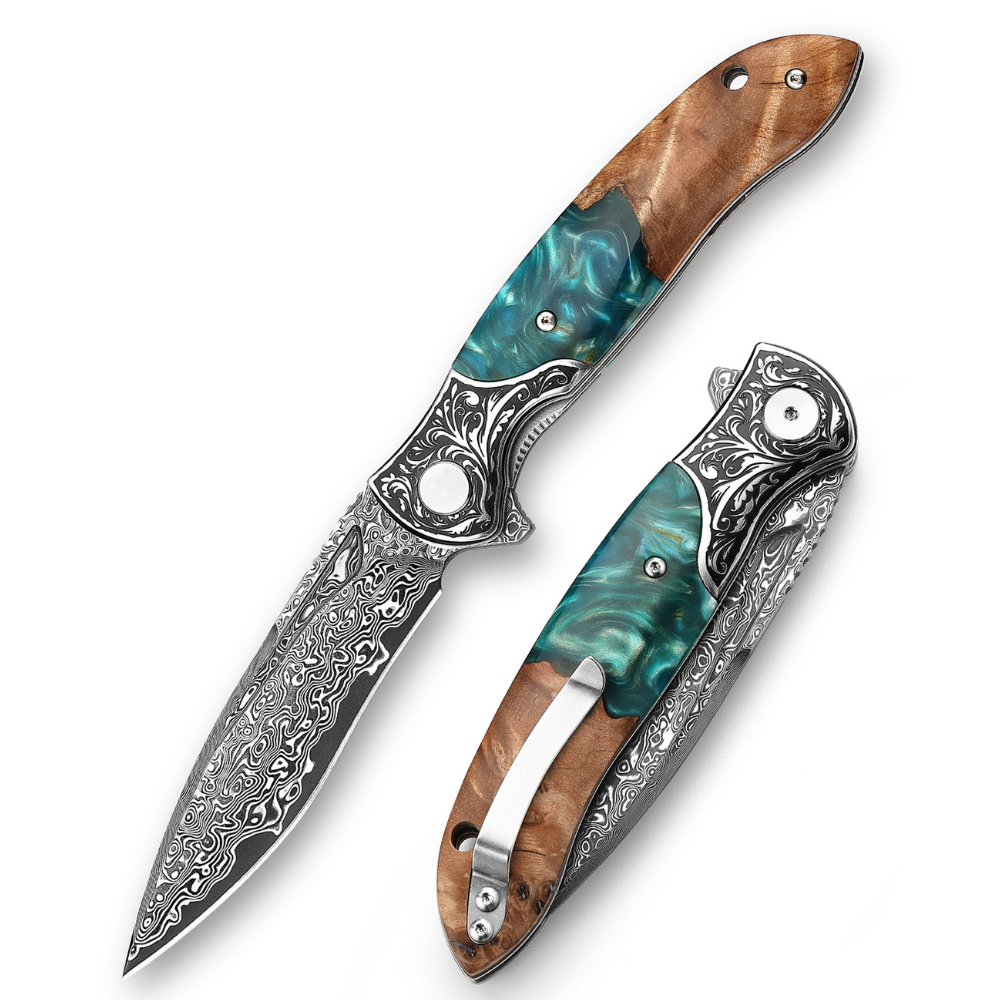
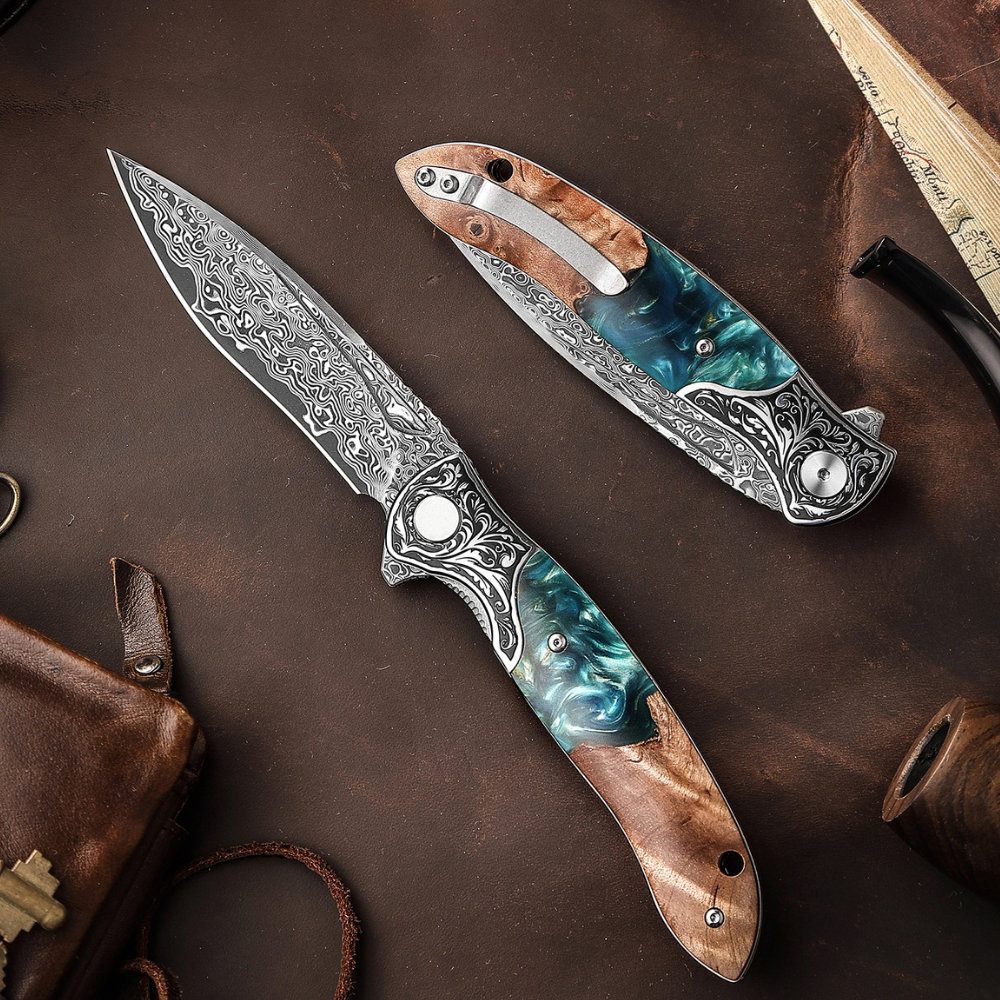
Leave a comment